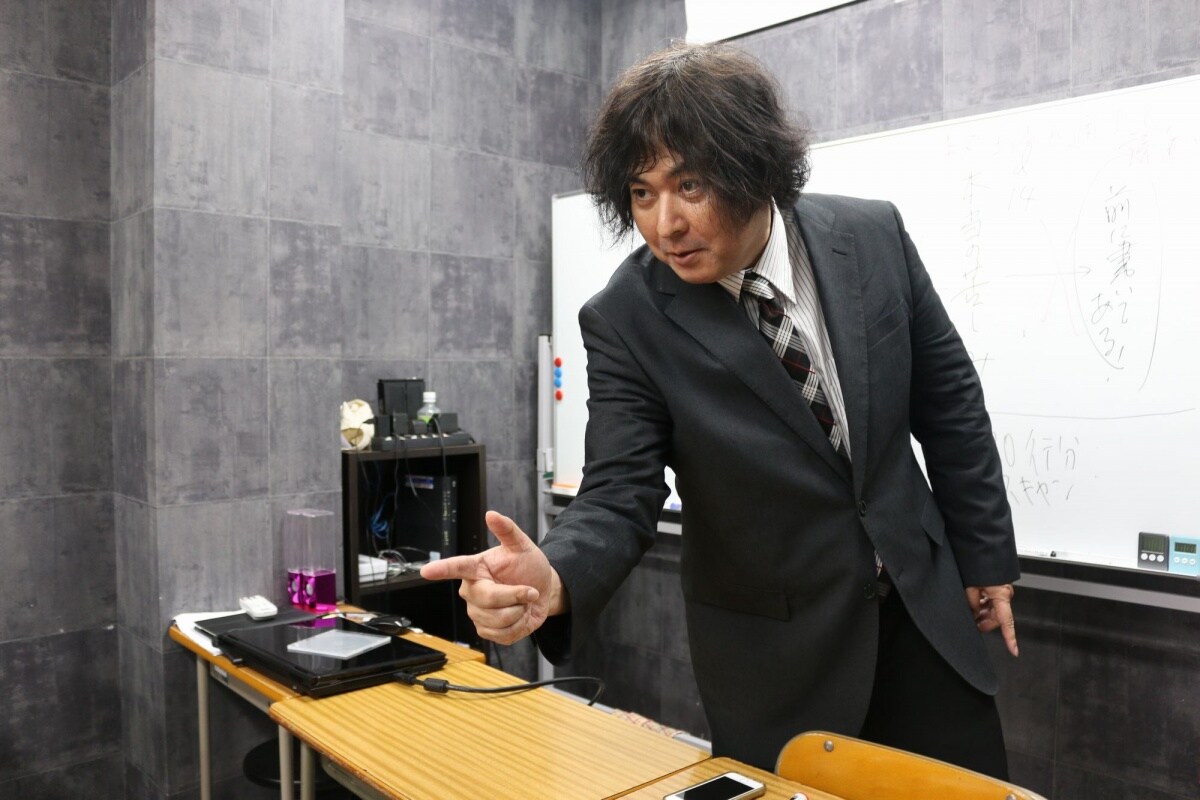How Do You Work Study into a Random Schedule?
Thinking back on my life in Japan for the last eight years, one of the most frustrating problems I’ve had to contend with has been my inability to communicate with… just about anyone. My extreme lack of fluency placed me in an isolated, dependent, and helpless position.
By Lars Painter
http://books.simonandschuster.com/Instant-Japanese/Boye-Lafayette-De-Mente/Instant-Phrasebook-Series/9780804833660
At first, I tried to teach myself Japanese. My wife and I were living in the house she grew up in, along with her brother’s very large family. Altogether, there were 11 of us. And though we had to sleep on the floor while sharing a bedroom with the kids, this was actually a pretty good language-learning situation for me, since I was exposed to Japanese on a daily basis. Before leaving the United States, I purchased a Japanese translation dictionary and a self-teaching book with the promising title, Instant Japanese. Whenever possible, I’d try out words from these books on whoever was available.

http://kaoyux.deviantart.com/art/Stroke-Order-Hiragana-and-Katakana-284288421
After a few months, we moved into our own house. And though this new situation was far less cramped—and far more dignified—I no longer had the daily exposure to real-time spoken Japanese.
Nevertheless, it was possible to make intermittent efforts for my own language learning. And I discovered an excellent set of charts of the kana (hiragana and katakana) online. These charts not only showed the alphabetical order of the characters, but the stroke order as well.
The first thing that impressed me about the kana was that it’s phonetic. "Leave it to the sensible Japanese to show the English-speaking world how language should be written," I thought. (What a surprise I was in for—not thinking at all about the kanji!)
I printed them out and posted them in strategic locations around the house—in the kitchen, living room and office. So whenever a word presented itself in a magazine, in an advertisement or on a cereal box that I wanted to pronounce, I could quickly refer to one of the handy charts. My idea was that if I learned the kana, I’d be able to read in the language, and if I could read, I’d be able to learn to speak.
It turns out that learning kana and vocabulary is important, but to put sentences together and understand what people say requires knowledge of grammar and sentence structure. How could I possibly learn those things? My wife is Japanese, but she was never into teaching and didn’t have a lot of patience with me. So how could I learn the essential patterns?

http://miracle-soushin.com/
We decided to enroll me in a language school, a three-month-long, prefectural-government-run program in a nearby city. The fee at the time of only ¥1,000 (about US$10) included registration and a textbook (though as you'll see on the site, three years later, the same course is ¥2,430, not including tax). But the commute was stressful—think old car, expressway, congested city traffic.
The course had good aspects and some weaknesses. It was well organized, the teachers were competent, and I liked the book with its picture translations and attention to essential, common, everyday things. I also appreciated the weekly vocabulary list that I could study at home and then practice in class.
Probably the greatest downside was the rigid schedule, which made attendance difficult for people who had to work.
https://www.youtube.com/watch?v=rGrBHiuPlT0&list=PL4071737C12790477
Eventually, my Japanese learning became a self-taught endeavor again, which was a better fit for our random work schedules. I relied more on video instruction I found online. And that’s where I am now: studying from an internet video instruction series whenever I can. I can get the benefits of lesson-style structure and live, real-person presentation, yet I can control the time and place—and that's what I really need.
In addition to the resources above, the following have been helpful in my journey toward communicating in Japanese:
Video Channels
JapanSocietyNYC
All About Nippon
Books & Charts
Random House Japanese-English English-Japanese Dictionary
Langenscheidt Pocket Dictionary Japanese
Hiragana & katakana charts




